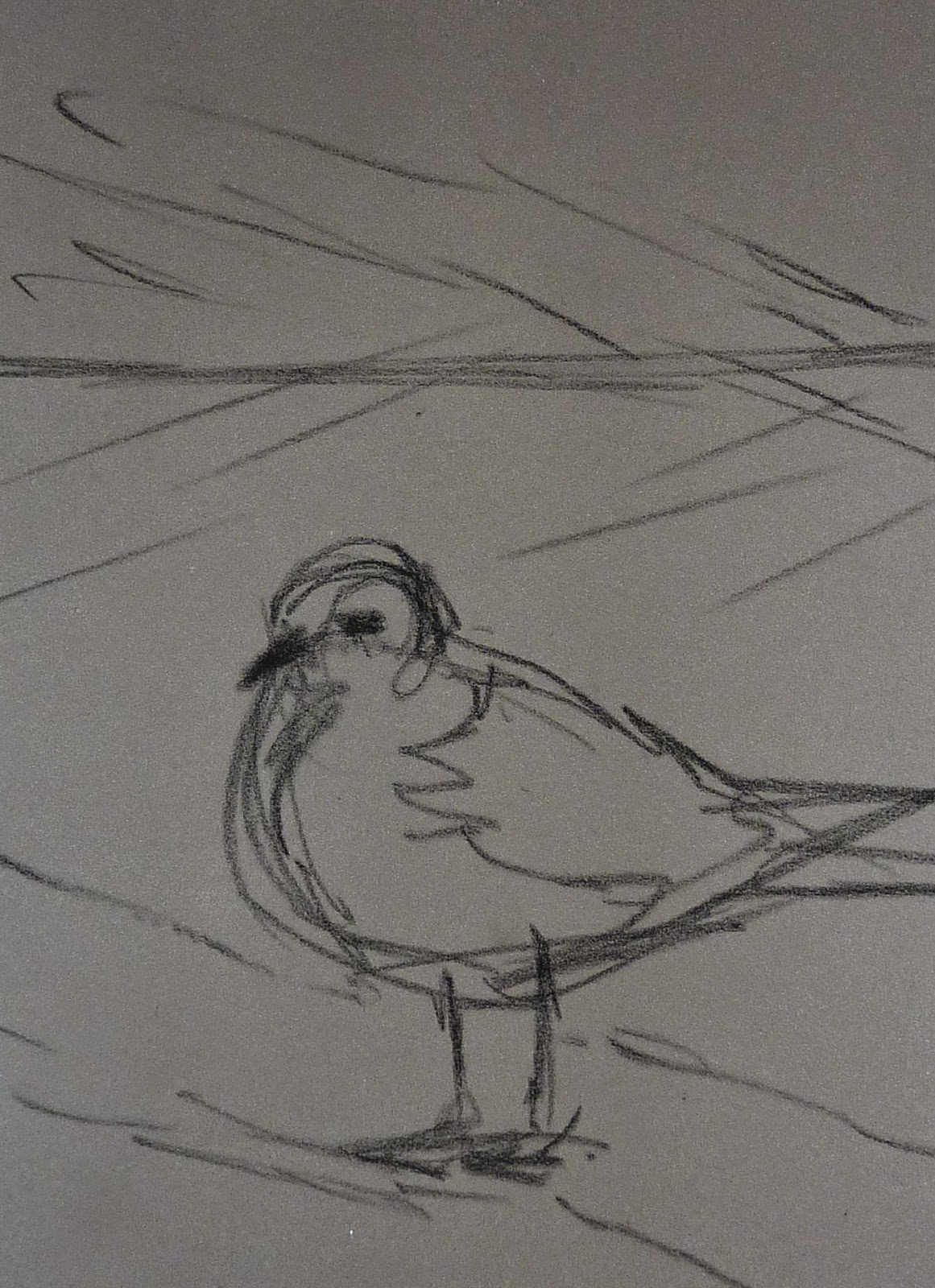 |
| 'The Perfect View' 5x7 plein air pastel ©Karen Margulis click here to purchase $50 |
I really don't unpack my suitcase. I do take out my clothes but all of the other travel supplies....including my art supplies stay packed and ready to go at a moments notice. Next Friday I leave for my final adventure of summer.....a Caribbean cruise with my mom and sister. My sister won a free cruise and we are able to join her for the cost of the tax. I can't afford to stay home for that!
If you have followed my blog then you probably know I have made it a priority to downsize my pastel supplies for traveling. I have been through so many boxes and bags and easels that I have lost track. I have come to the conclusion that there is no one size fits all solution for plein air set ups and supplies. Every trip is different. Some trips are not even dedicated painting trips so how do we decide what to bring?
No matter what the purpose of a vacation or trip it pays to keep your supplies light and simple. I call it Plein Air Lite.
Here are some photos of what I am bringing on this cruise. I want to do some sketching/journaling as well as paint some pastel minis.
 |
| My pastels supplies |
The small zippered pouch on the right hold the precut paper for my mini paintings and an extra packet of wipes.
 |
| The Heilman box along with wipes, towel, backing board and paper/holder fit in the lunchbox |
Along with the pastels I am bringing a small sketchbook and watercolor postcards. I have a set of Caran d'ache watercolor pencils and a water brush as well as some black pens (Le Pen). A cruise ship is a wonderful place for sketching....especially sketching the figure!
The lunchbox with pastels and the zippered pouches all fit nicely in my backpack. I also have room for some art books and magazines. I have all of the supplies I need for a creative and relaxing....and LITE vacation. I can easily throw one of these items into my beach bag when heading to port or a nearby deck chair!
Today's paintings are plein air studies done on a previous Caribbean cruise. They are done on the upper decks of the ship while sitting in a lounge chair! (available $50 each in my etsy shop)
If this sounds like a good way to paint and relax then consider joining me on my Caribbean Art Cruise in February. There a still a few spots available! Read more about the cruise here.http://www.kemstudios.blogspot.com/2015/07/how-to-practice-art-and-art-of.html

















































































